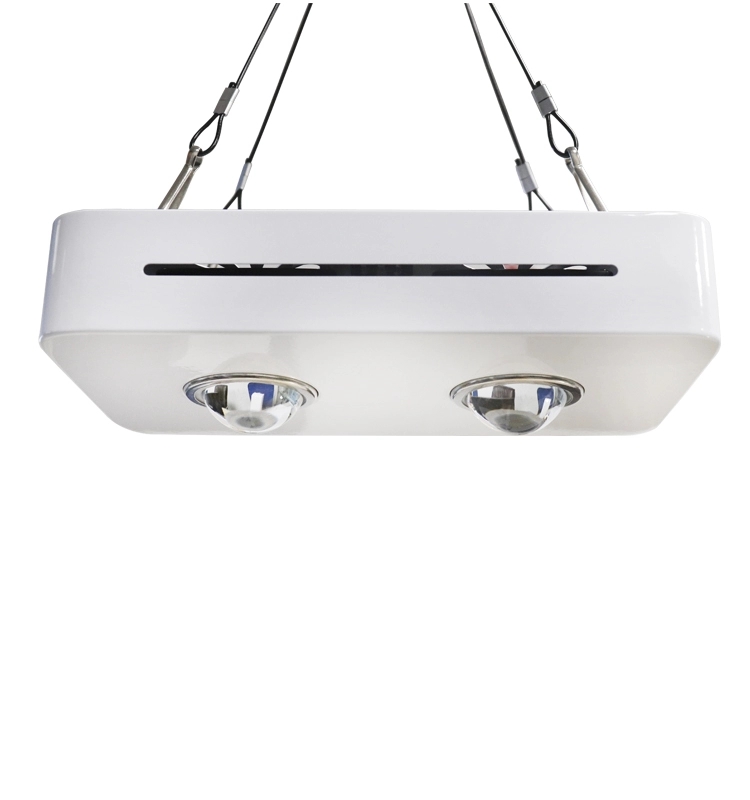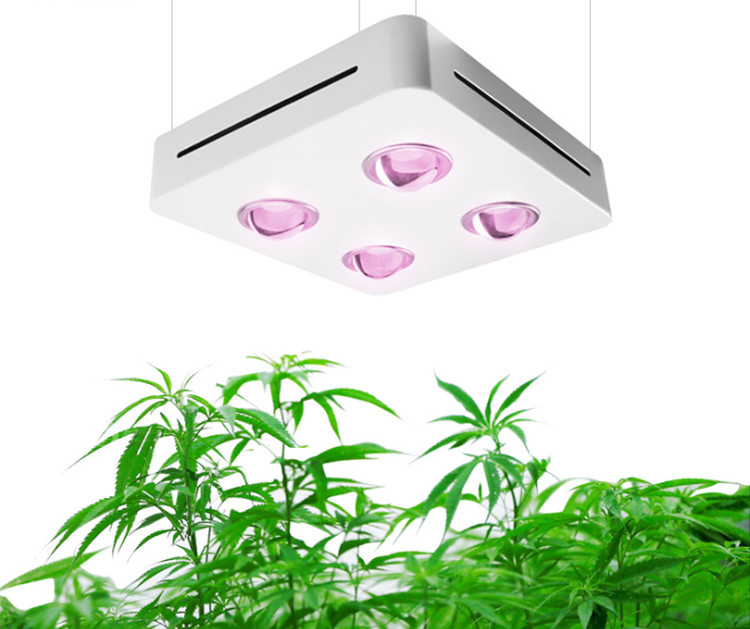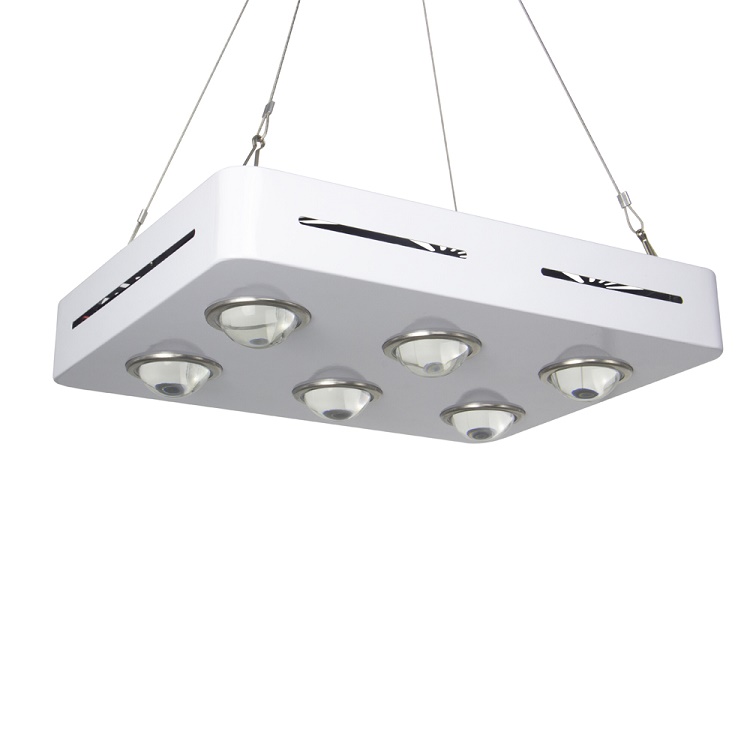1. What kind of pressure is the sensor measuring?
A: The first thing you should consider is the maximum pressure on your system. Generally, the pressure sensor pressure range you need should be a maximum of 1.5 times the maximum pressure of your system. The additional pressure range we recommend is due to many systems, especially water pressure and process control, with pressure spikes or continuous pulses. These spikes can reach five or even ten times the “maximum†pressure and can cause damage to the sensor. Continuous high-voltage pulses that approach or exceed the sensor's maximum rated pressure also reduce sensor life. But simply increasing the rated pressure of the sensor is not a perfect solution, as it will sacrifice the resolution of the sensor. You can use a buffer to attenuate spikes, but this is just a compromise because it reduces the sensor's response speed.
All pressure sensors are designed to withstand maximum pressure in 200 million cycles without degrading performance. You need to find a compromise between system performance and sensor life when choosing a sensor.
2. What is a pressure medium?
A: Another key factor to consider when selecting a sensor is the medium being measured. Will it be a viscous liquid or a slurry in the pressure head? Is the contact with the sensor a soluble or corrosive medium or a clean, dry air?
3. What kind of accuracy does the sensor need to achieve?
A: Accuracy is a term commonly used by manufacturers to describe sensor output errors. These errors may be due to nonlinearity, hysteresis, non-reproducibility, temperature, zero balance, correction, and humidity effects. Many manufacturers specify accuracy as a combination of nonlinearity, hysteresis, and non-reproducibility. For many sensors, the “accuracy†is lower than the nominal value due to factors such as temperature and zero balance.
The terms "technical nouns" explain these terms in more detail. The cost of a sensor with higher accuracy will be higher, so does your system really need such high precision? Systems using high-precision sensors and low-resolution instruments are an inefficient solution.

Concerned about surprises
Label: Pressure sensor, transmitter knowledge quiz
Previous: Several factors to extend the life of the ball valve Next: High temperature melt pressure sensor installation and maintenance knowledge
Grow light cob include 50w-1000w real power cob grow light, use Epistar high power chip, have pink lighting and 3500k white lighting to choose.
| COB LED Grow Light Benefits: |
| More efficient: 100% of the power input for our LED grow lights is used for your plant chlorophyll production. |
| Better for environment: It saves 50% to 90% in energy consumption compared to incandescent bulbs or fluorescent tubes. |
| Less Heat: Low heated LED bulbs will protect your plants well. |
| Less trouble: No ballast to burn out likes other plant lights |



Grow Light Bulbs,Grow Light Stand,Cob Grow Lights,Cob Grow Light
Shenzhen Wenyi Lighting Technology Co., Ltd , https://www.szwygrow.com